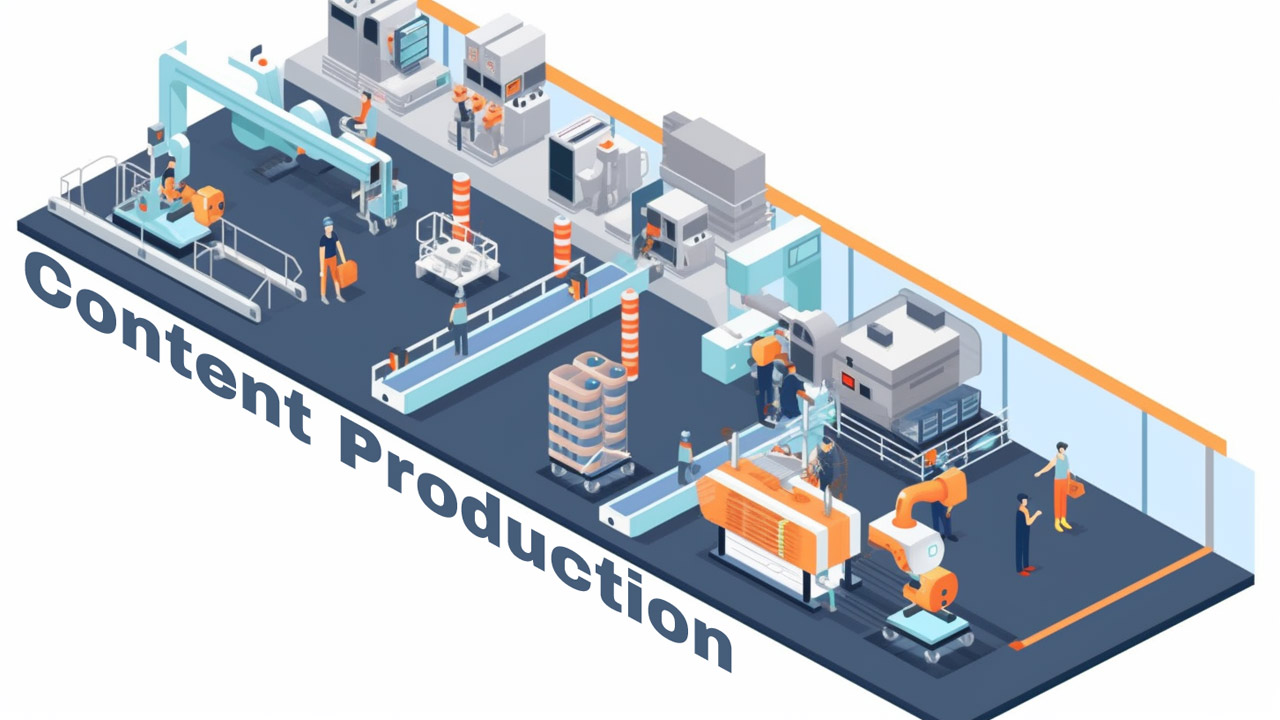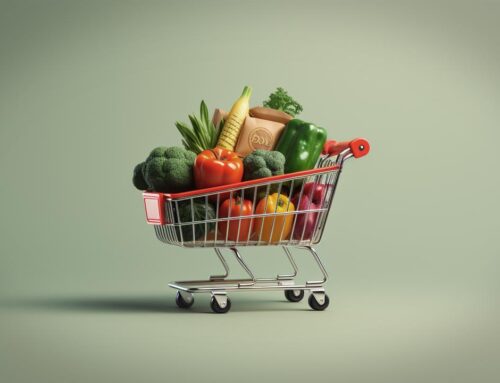Content production is a multi-step process that involves planning, creating, and distributing content to engage and inform audiences. In this article, we will explore the various stages of content production, from ideation to final distribution, to help you better understand the content creation process.
1. Ideation and Planning
The first stage of content production is ideation and planning, which involves:
a. Identifying Objectives
- Determine the purpose of the content
- Define target audience
- Establish specific goals and key performance indicators (KPIs)
b. Brainstorming Topics
- Generate a list of potential topics
- Research industry trends and competitors
- Use keyword research tools for SEO optimization
- Conduct surveys or interviews with target audience
c. Creating a Content Calendar
- Outline a timeline for content production
- Schedule content for publication
- Assign deadlines and responsibilities to team members
2. Content Creation
The next stage is content creation, which includes:
a. Writing and Editing
- Draft content based on the established topic and objectives
- Collaborate with team members for feedback
- Edit and revise content for clarity, grammar, and style
b. Visual and Multimedia Elements
- Select or create relevant images, videos, or other multimedia elements
- Ensure consistent branding and visual design
- Optimize visual assets for different platforms
c. Formatting and SEO Optimization
- Structure content with headings, subheadings, and bullet points
- Use proper keyword placement and density
- Include internal and external links to relevant resources
3. Content Review and Approval
Before publication, content must be reviewed and approved:
a. Quality Control
- Review content for accuracy, relevance, and consistency
- Fact-check information and sources
- Confirm that content aligns with brand guidelines and objectives
b. Legal and Compliance Review
- Ensure content adheres to applicable laws and regulations
- Address any copyright or trademark concerns
- Obtain necessary permissions and releases
4. Content Distribution and Promotion
The final stage is content distribution and promotion, which involves:
a. Choosing Distribution Channels
- Select appropriate platforms based on target audience and content type
- Consider social media, email marketing, and website placements
b. Scheduling and Publishing
- Coordinate content publication across chosen channels
- Use scheduling tools to automate distribution
c. Content Promotion
- Leverage paid advertising and influencer partnerships
- Encourage organic sharing through social media
- Repurpose content for different platforms and formats
5. Measuring Success and Analyzing Performance
After the content is distributed, it’s important to:
a. Monitor Performance Metrics
- Track KPIs such as page views, social shares, and conversion rates
- Use analytics tools to gather data on audience engagement
b. Evaluate Results and Adjust Strategy
- Analyze data to identify successes and areas for improvement
- Adjust content strategy based on insights
- Continuously refine and optimize content production process
By understanding and implementing these stages of content production, you can create a more effective content strategy that resonates with your target audience and achieves your desired objectives.








